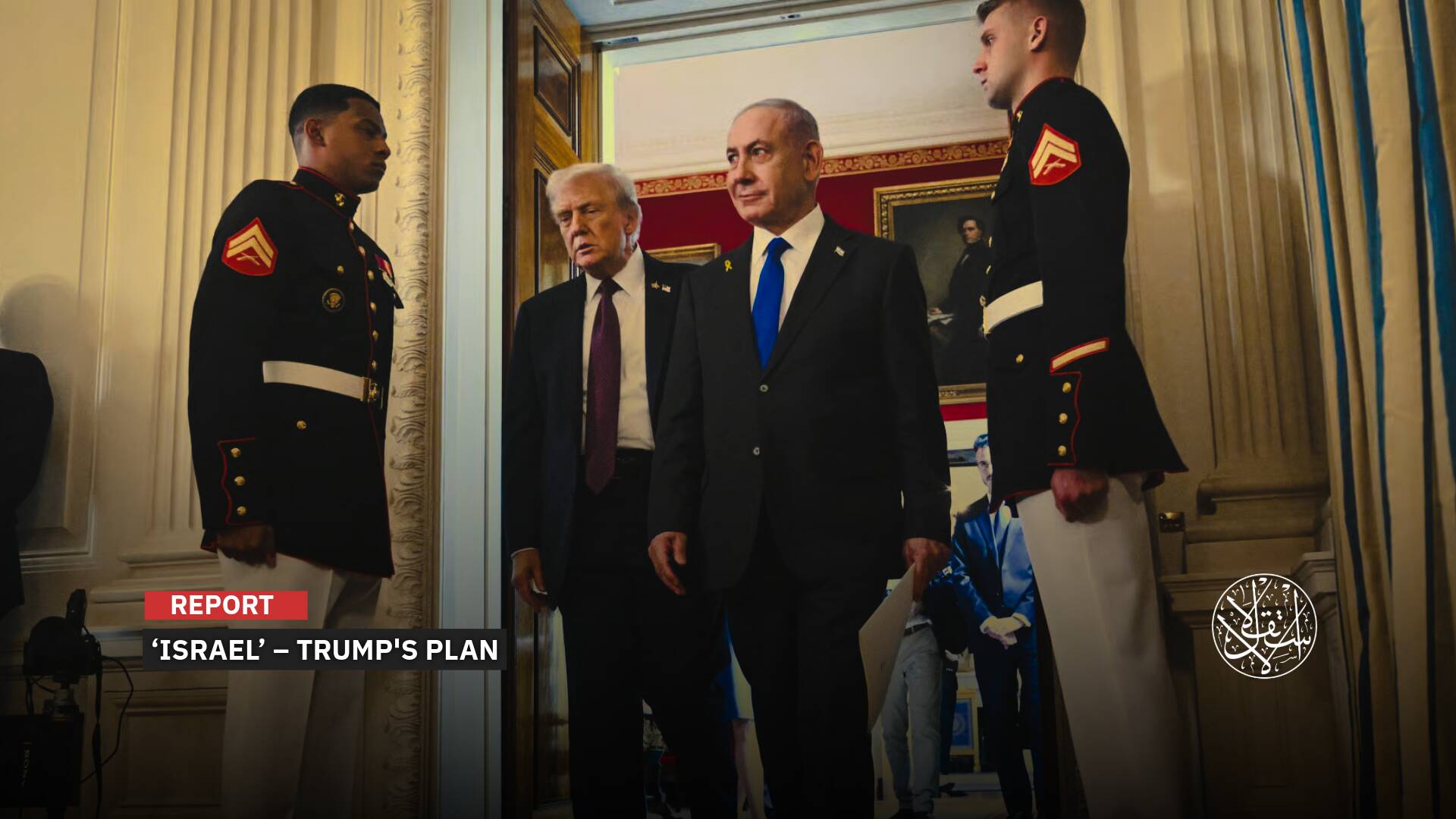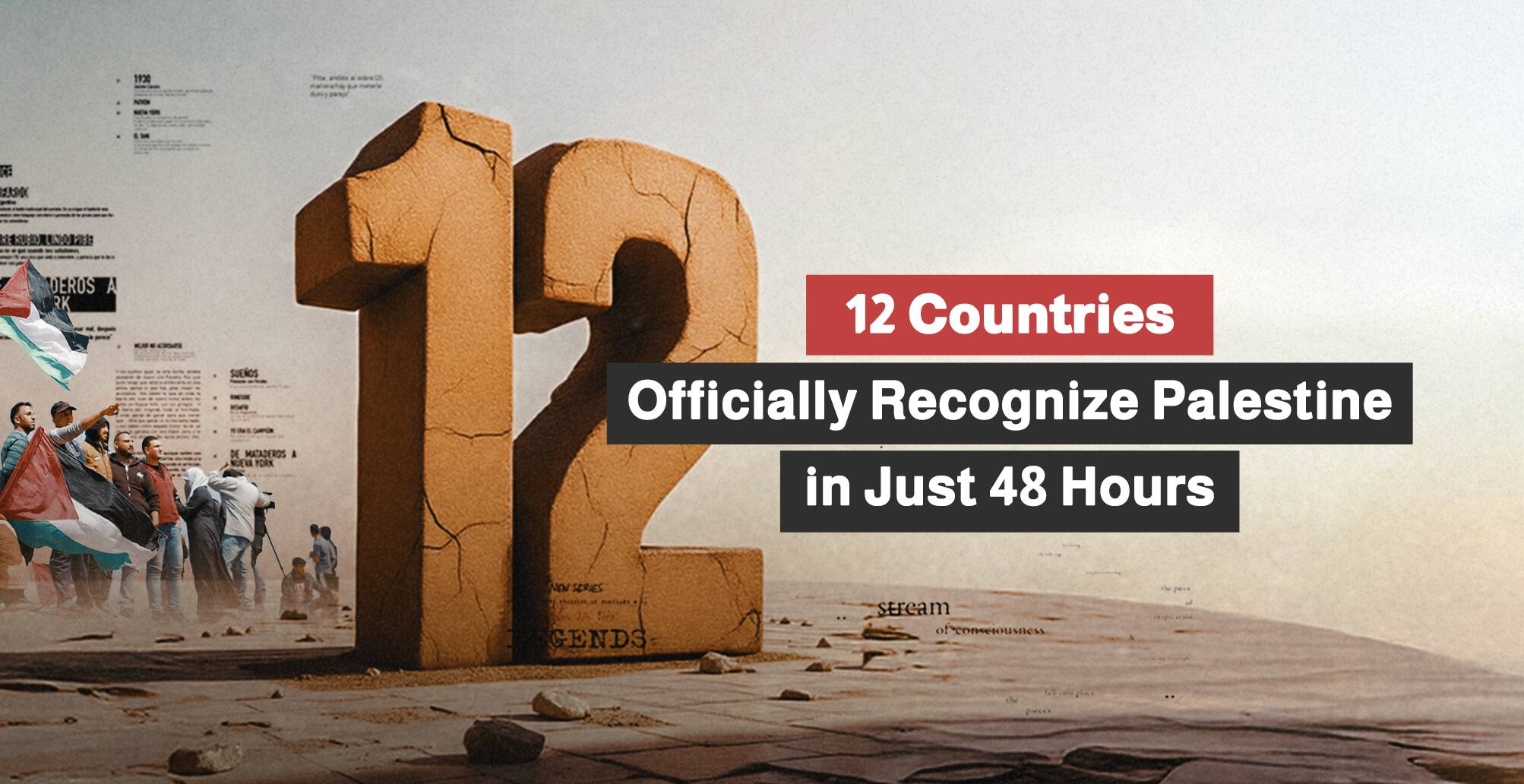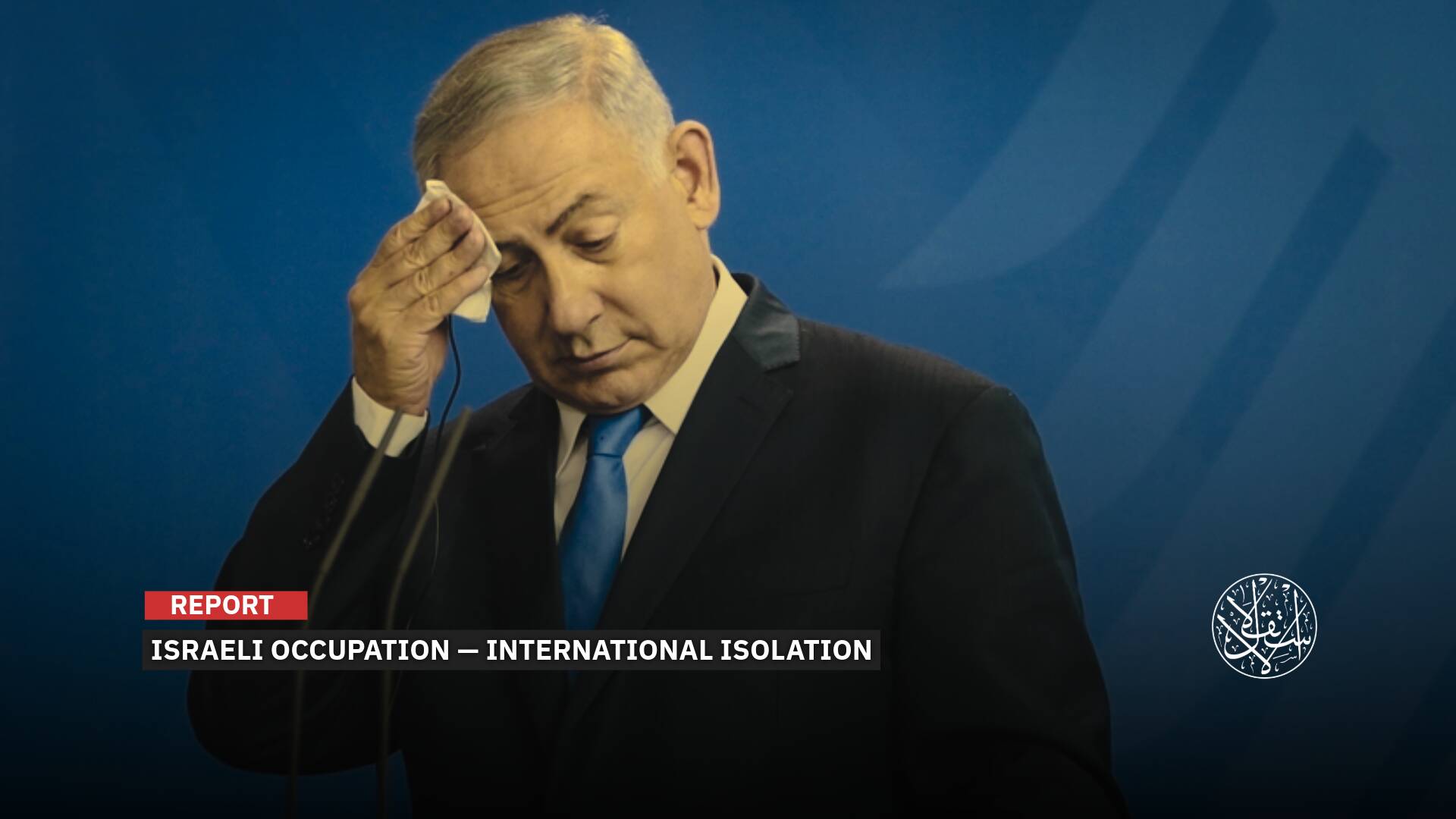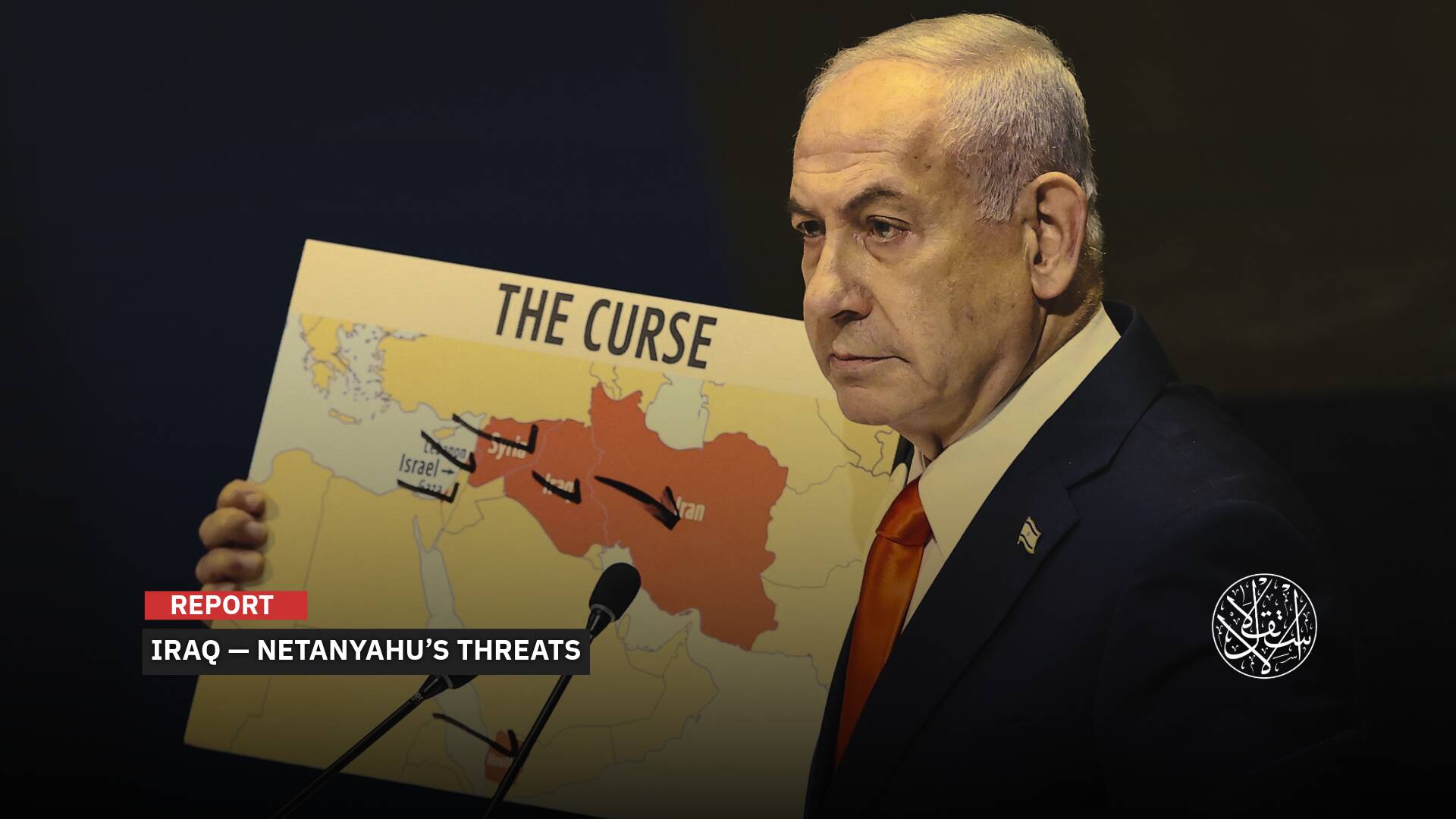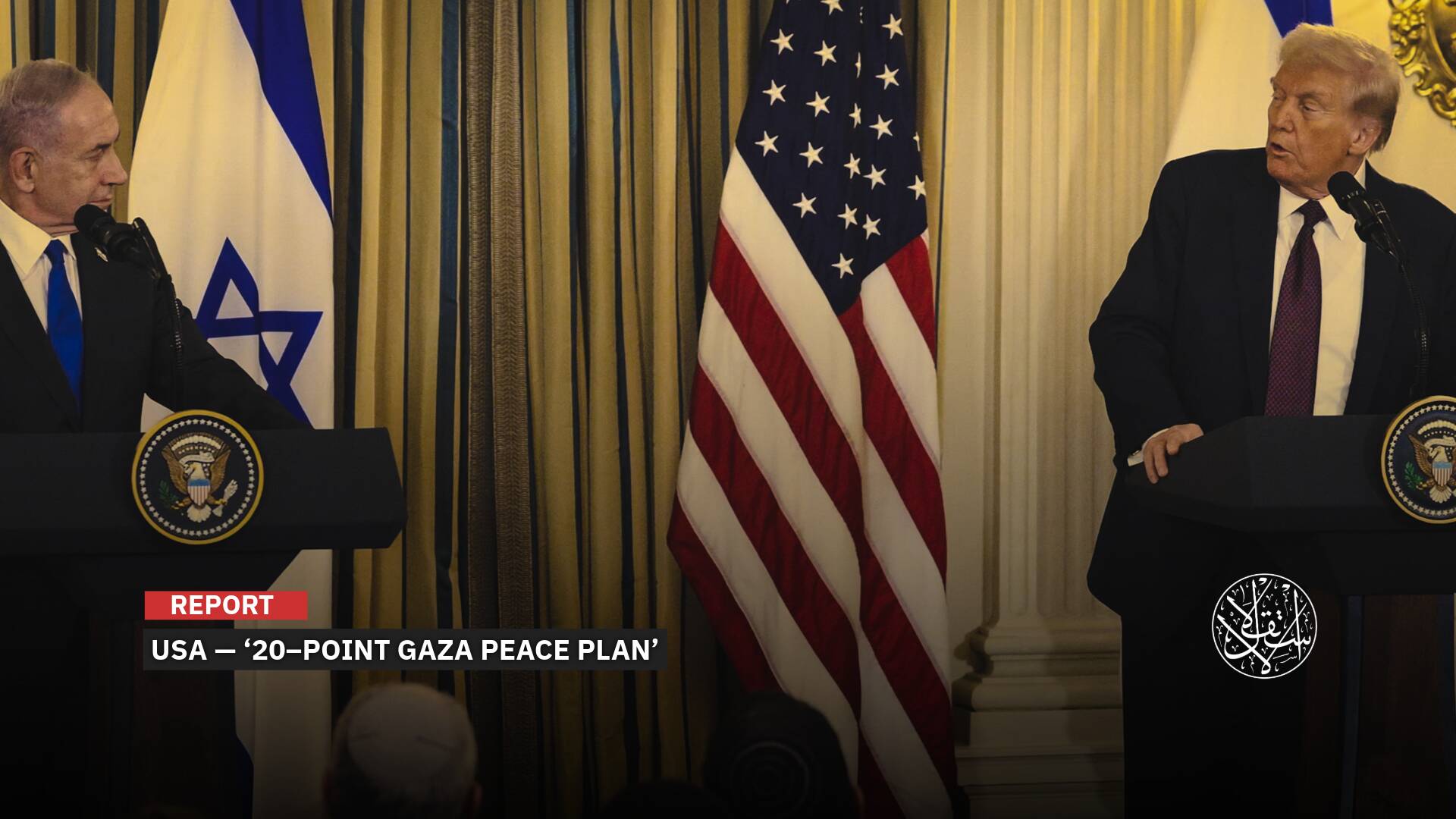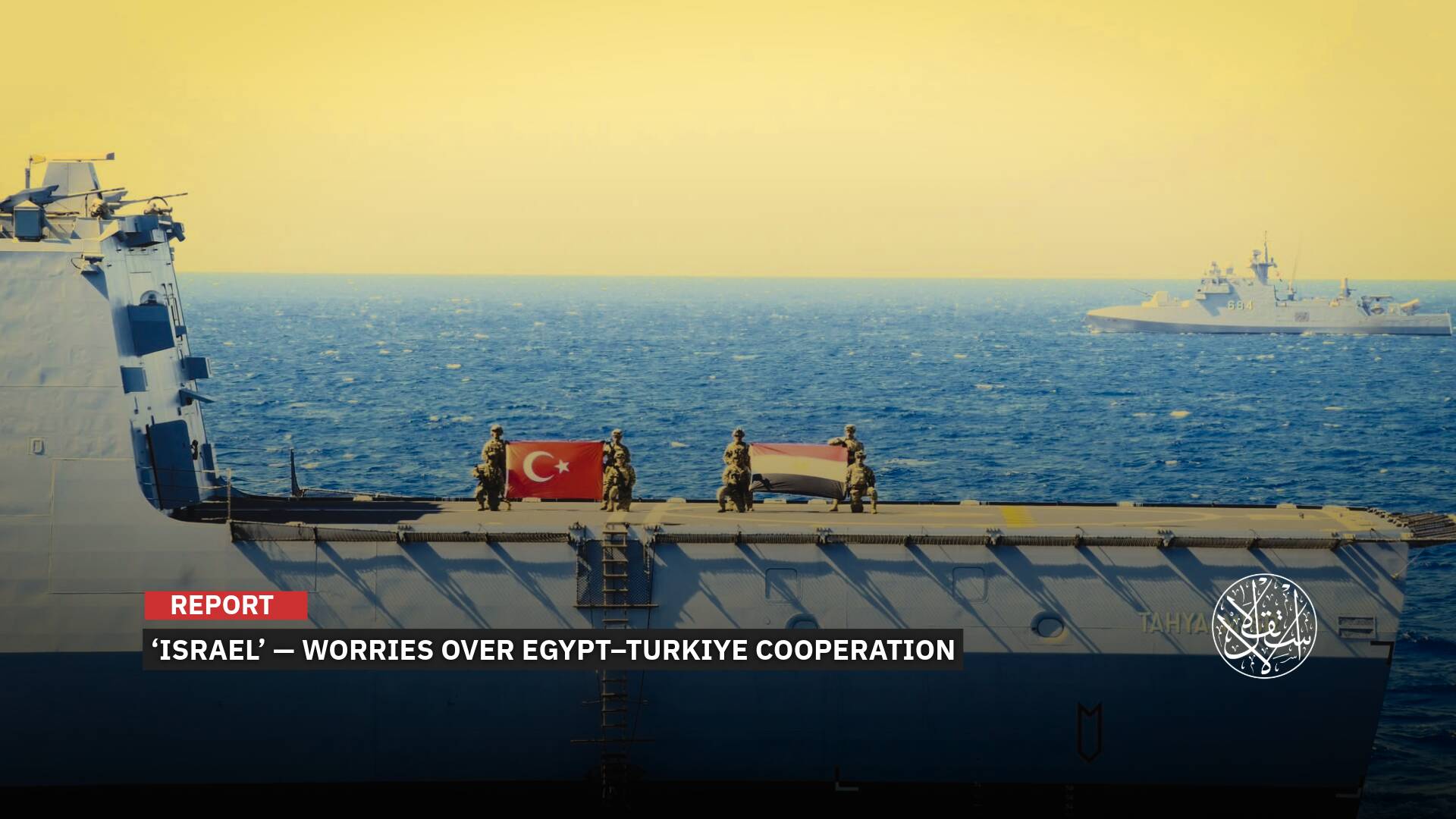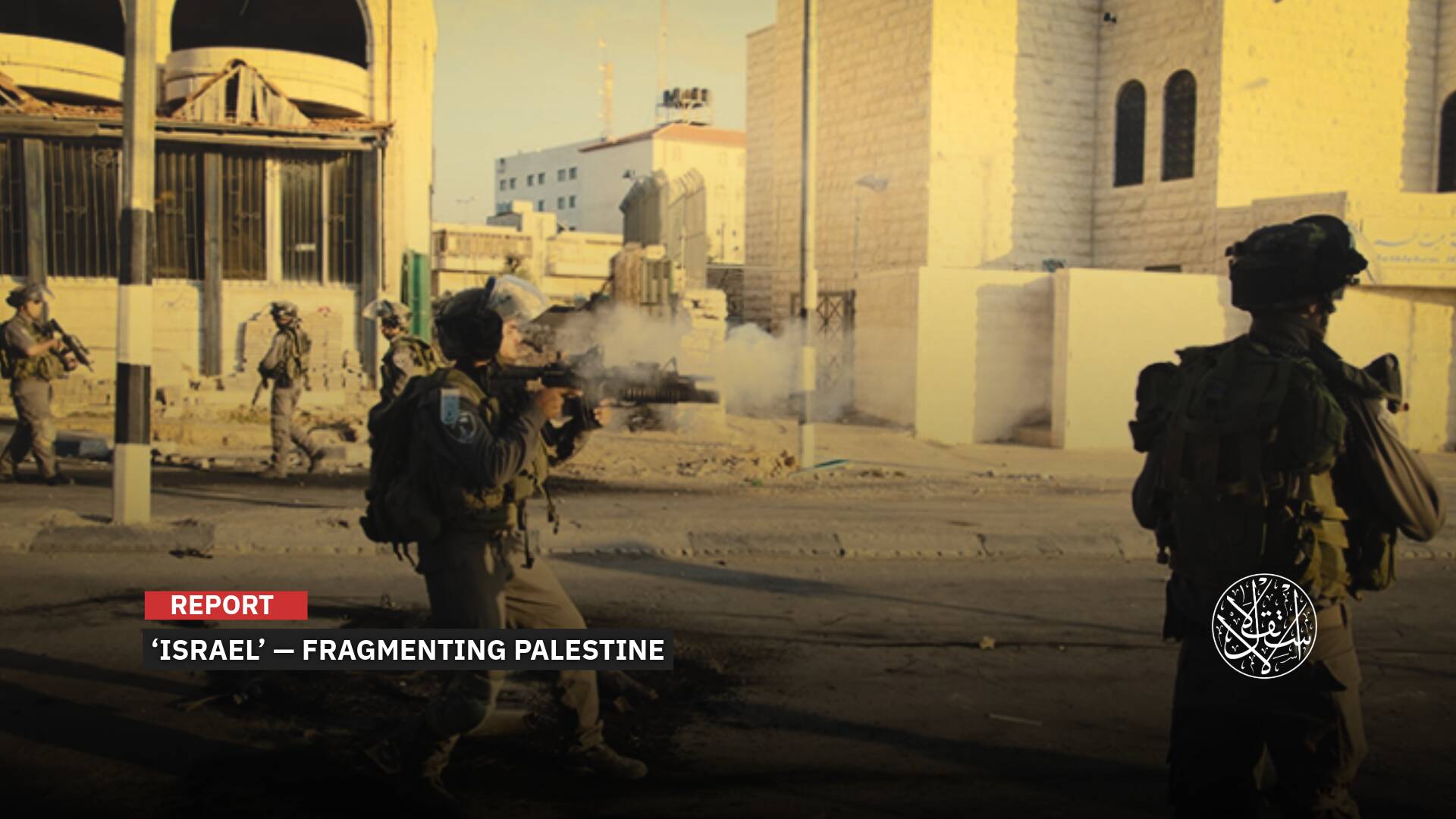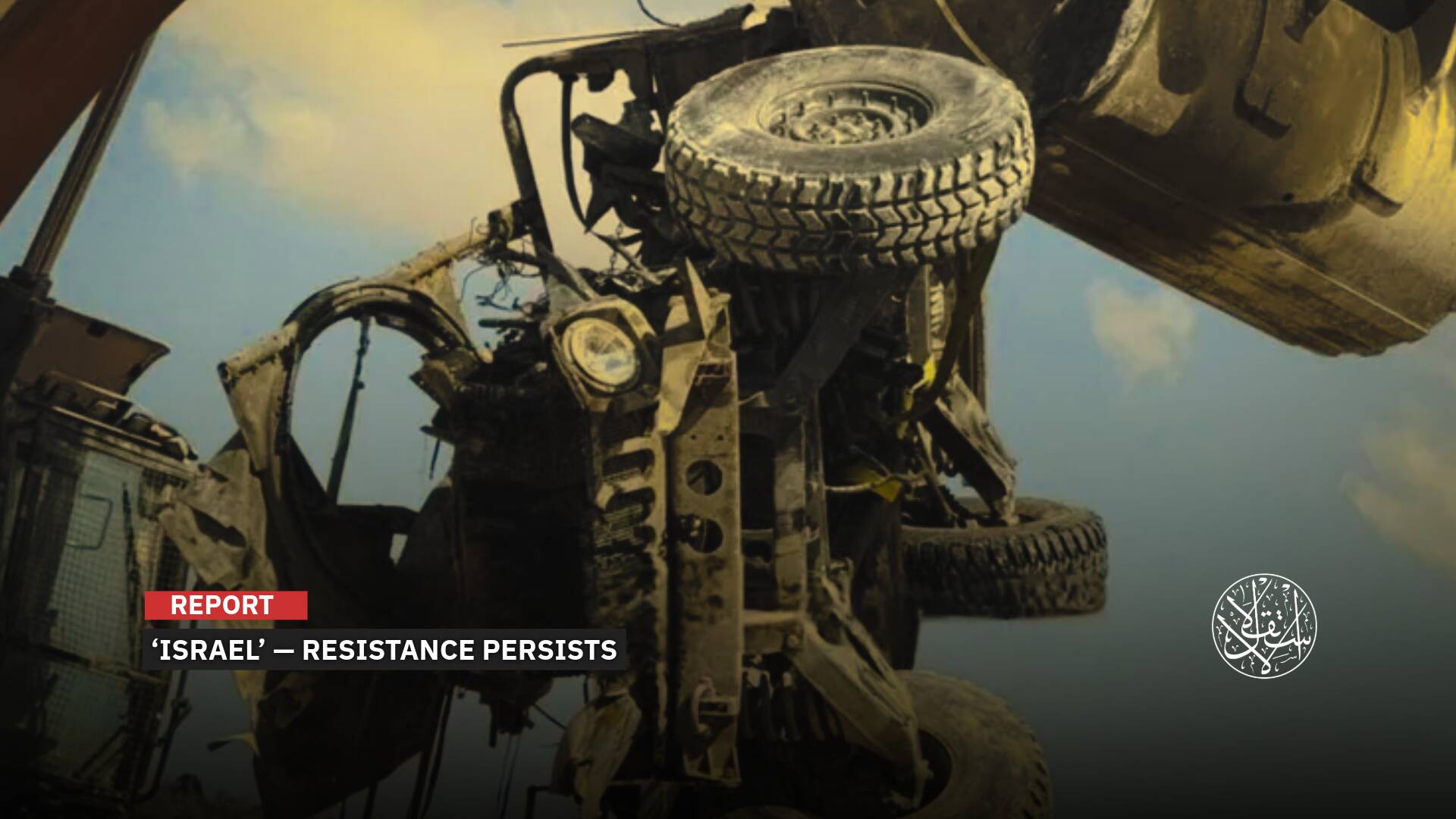How the Iran-'Israel' Conflict Could Lead to Catastrophic Scenarios

“Global powers have sounded the alarms over the risk of a full-scale regional war.”
Iran and “Israel” have entered into an unprecedented direct military confrontation, following years of undeclared escalation and irregular clashes in multiple arenas.
This escalation has raised global fears that the situation could escalate into a full-scale war with devastating nuclear, economic, and geopolitical dimensions.
It is worth noting that the confrontation began with a surprise Israeli attack at dawn on June 13 on several targets inside Iran, which, according to Tehran, resulted in the deaths of military commanders, nuclear scientists, and civilians.
Iran responded with a series of missiles and armed drones targeting military sites inside “Israel”, resulting in deaths and injuries, including civilians.
It appears that any further escalation in the confrontation between Iran and “Israel” carries with it significant risks, from expanding the conflict to include other countries, to global economic crises and potential internal unrest within Iran.
The most important question remains: Will the parties involved be able to exercise restraint and avoid sliding into a devastating war? Or is the region and the world on the verge of a new, long-term crisis?
Ongoing Conflict
Despite the ongoing open military confrontation between “Israel” and Iran for six days, and the possibility of further escalation in the coming period, experts, according to Foreign Policy magazine, believe that a de-escalation is not expected soon, especially since its outcome could reshape the balance of power in the Middle East for decades.
The first of these scenarios is that Iran chooses to continue carrying out retaliatory attacks on “Israel” whenever “Israel” targets it, with the aim of convincing its loyalists that it is responding forcefully to save face. It may then reluctantly accept a ceasefire, either through US or international mediation.
This scenario is very similar to what the Lebanese Hezbollah group, one of Iran's most prominent allies, did after intensive Israeli strikes against it in the fall of 2024, which included precise targeting of infrastructure and military leaders. The group agreed to a ceasefire at the time without responding effectively.
Iran may find itself in a similar situation today, as its drone and missile strikes on “Israel” have not achieved the desired results, compared to what “Israel” has achieved through its precise targeting of Iran.
It is worth noting that although Tehran quickly replaced the senior commanders assassinated by “Israel”, the effectiveness of this new leadership during the ongoing conflict is unclear, and “Israel” could target the new leaders.
Iran, of course, does not want to surrender under fire, but it may seek to live and fight another day rather than endure the constant bombardment.
A second scenario is that Iran will hold out for some time and launch effective strikes against “Israel”.
Some of these missiles may succeed in evading Israeli defenses, increasing global pressure on “Tel Aviv” to stop the war.
Generally, when “Israel” launches strikes against its enemies, it receives short-term support from the U.S. and even its European allies.
However, this support later turns into calls for a cessation of hostilities, even as “Israel” seeks to continue its attacks.
France and Britain have already called for de-escalation, which may not greatly worry “Israel”.
However, President Donald Trump's position remains the most influential factor on Netanyahu.
As a result, “Israel” may decide to scale back its military operations, believing it has achieved enough objectives at this stage.
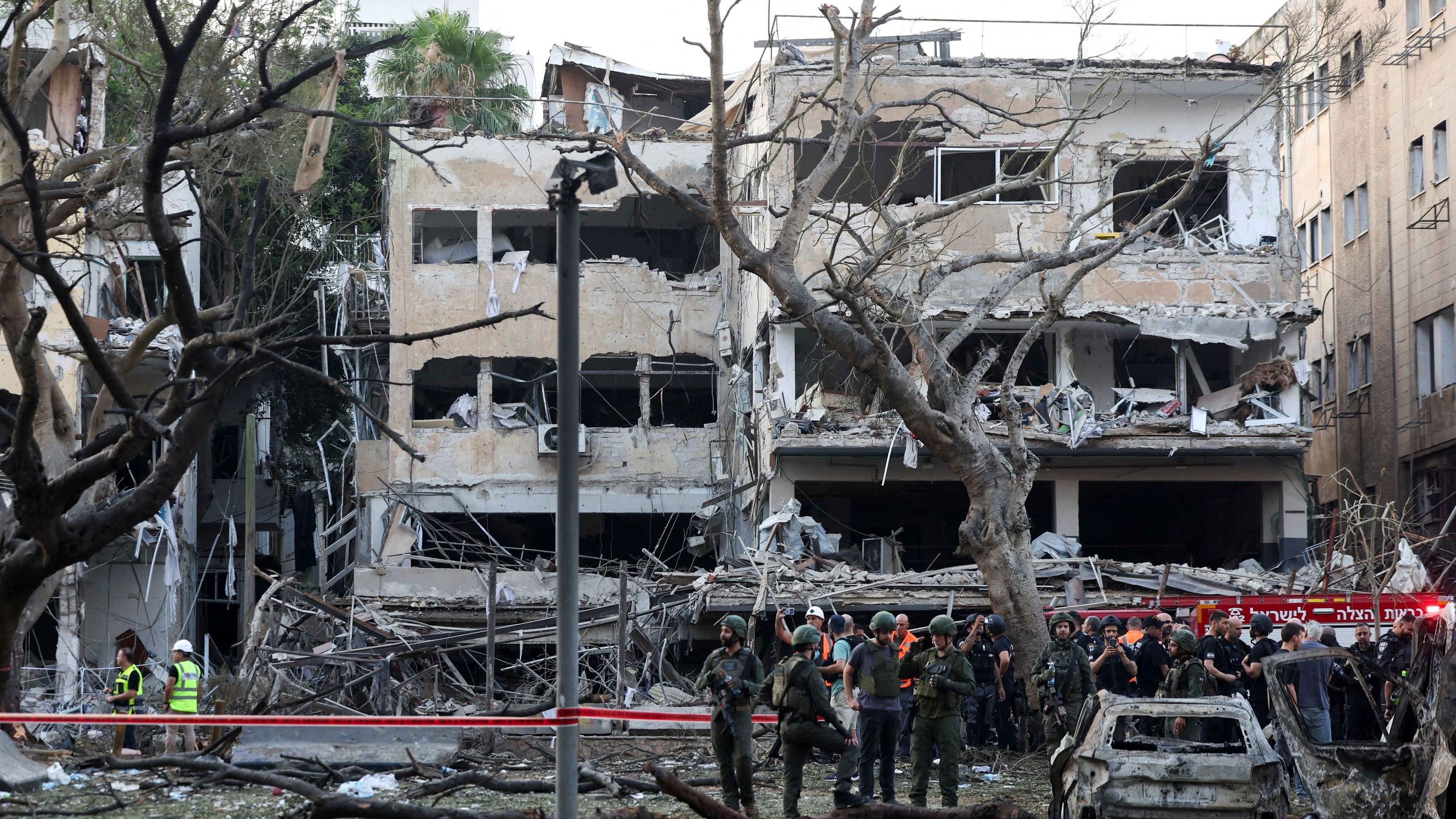
Military Preparations
One of the most dangerous scenarios is for the confrontation to escalate into a full-scale regional war, as Iran has previously threatened to strike American interests.
If these threats are carried out, the U.S. could find itself directly involved in this conflict, despite its denial of involvement in the initial Israeli strikes on Iran.
Tehran believes that US support for “Israel” is tantamount to a declaration of war, and the nuclear negotiations may be used as cover for future military preparations.
US decision-makers may also decide to complete what “Israel” started by bombing the Fordow nuclear facility with bunker-buster bombs.
In return, Iran may call on its allies in Iraq, Lebanon, and Yemen to engage directly in the war, by carrying out attacks on “Israel” or even targeting US interests in the region.
In addition, Iran may direct its strikes against vital facilities in Gulf states, which Tehran considers traditional adversaries or supporters of Western and Israeli policies.
It is worth noting that the region has witnessed similar incidents before, from the bombing of Saudi oil facilities in 2019 to the Houthis' targeting of Emirati targets in 2022.
Despite the recent improvement in Iranian-Gulf relations, the atmosphere of war may threaten these interests, especially since some countries host US military bases and sometimes participate in defense coordination with “Tel Aviv.”
There is also the possibility that the war will not officially end, but rather turn into a low-intensity conflict that lasts for a long time.
Major attacks may temporarily cease, but sporadic strikes, assassinations, cyberattacks, and sabotage operations may continue.
In turn, Iran will launch a barrage of missiles at “Israel” from time to time, along with other attempts to retaliate.
As this type of conflict continues, Iran may develop a secret nuclear program away from the IAEA's surveillance, justifying this by citing Israeli attacks.
If “Israel” fails to destroy its enriched uranium stockpiles, the resumption of Iran's nuclear program will be possible.
Recently, Netanyahu declared that his primary goal is to destroy Iran's nuclear capabilities, but he also indicated his intention to change the regime of Ali Khamenei, given the scale of the strikes, the sites targeted, and statements by Israeli officials.
Experts have indicated that if this Israeli goal succeeds, it could pave the way for a civil war within the country, resulting in widespread chaos, similar to what previously occurred in other countries in the region, potentially further destabilizing the Middle East.

Strategic Dimensions
The conflict between Iran and “Israel” is one of the most prominent features of tensions in the Middle East, with its intertwined ideological, political, military, economic, and strategic dimensions.
The roots of the conflict date back to the aftermath of the Islamic Revolution in Iran in 1979. Tehran adopted an explicitly hostile stance toward “Israel”, viewing it as an entity usurping Palestine and threatening Islamic and Arab security, while “Israel” views Iran as an existential threat.
Iran's nuclear program is one of the most prominent axes of conflict, as “Israel” fears that Iran's possession of a nuclear weapon would lead to a strategic imbalance in the region.
Therefore, “Tel Aviv” is exerting strong pressure on Western countries to prevent Iran from reaching this stage, even through military action if necessary. This was actually achieved through the recent Israeli airstrike on Iran.
The ongoing conflict between the two sides has regional and international repercussions, especially since the U.S. supports “Israel” in most of its positions, while Iran maintains strategic relations with Russia, China, and North Korea.
The war between Iran and “Israel” is no longer just a conventional confrontation; it has transformed into a true test of the strength of economic systems, the stability of credit ratings, and global energy security.
While rating agencies such as Fitch confirm that the current conflict does not warrant an immediate rating downgrade, escalation could change the equation, especially if new fronts flare up or major powers intervene.
In another context, the Swiss newspaper Le Temps noted that oil prices have already risen following the recent Israeli attack.
“If the Houthi group's attacks in the Red Sea escalate, or Iran closes the Strait of Hormuz, through which a large portion of the world's oil passes, this could contribute to a catastrophic rise in global energy prices,” it added.
It noted that amid global inflation and a slowdown in growth in several major countries, a shock to energy prices would exacerbate inflation and the cost of living worldwide and further complicate the situation.
“At the same time, the biggest beneficiary would be Russia, which could receive an unexpected financial boost to finance its war in Ukraine,” it said.
The newspaper predicted that if either of the two previous scenarios occurred, the world would face an oil crisis unseen since 1973, potentially pushing the global economy into a recession as severe as the one caused by the 2019 coronavirus pandemic.
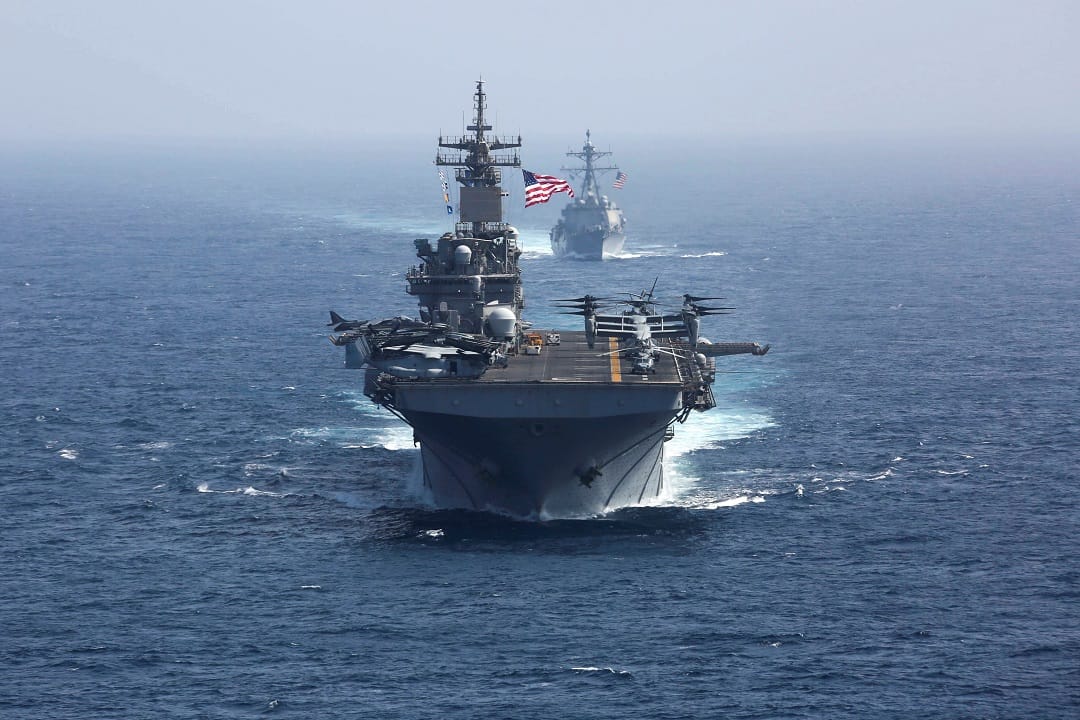
In turn, political analyst Mahmoud Alloush, in a statement to Al-Estiklal, suggested the possible scenarios for the recent Israeli-Iranian conflict include launching swift strikes similar to the 1967 war, a repeat of the 2003 Iraq war, which began successfully but devolved into a bloody quagmire, or the conflict taking a unique course, with the possibility of unconventional escalation by Iran.
He noted that the possibility of the conflict escalating into World War III depends on the restraint of the Israelis and Iranians, and the ability of the international community to contain the escalation.
Mr. Alloush concluded that the current pattern of Israeli-Iranian confrontation indicates a real threat ahead, noting that the ultimate outcome of this conflict will determine not only the future of the Middle East, but also the global balance of major powers for the coming decades.


